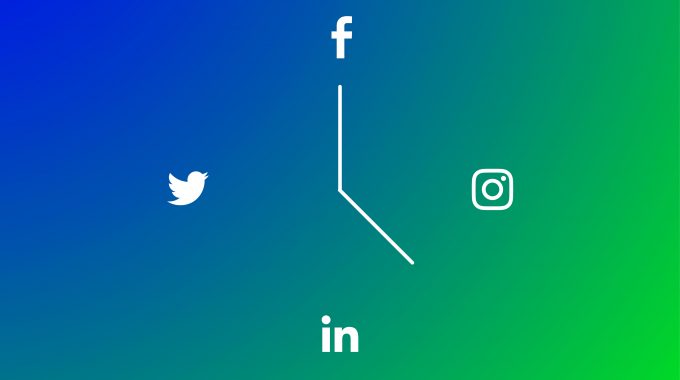
Why is Facebook Blue?
The importance of colour in design is intrinsically linked to the significance of colour to the human mind. What they say, the emotions they generate, its power lies in its ability to impact the human psyche.
Colour theory is the science behind understanding what colour is and how it impacts culture, communication and everyday life.
The basics of colour theory can be understood best with the colour wheel – how colours relate to one another and how they are divided up: primary, secondary and tertiary colours.
We know that colours represent meaning but it is subjective, and each culture and generation will have different meanings behind each. Where someone may see red for danger, other cultures see it as lucky, some see it as a symbol of revolution and energy (and so on).
Therefore, when using colour for marketing and design, it’s imperative you achieve the right balance for the message you are trying to convey.
Let’s look at one of the world’s best-known brands: Facebook. Do you know why it is blue? It’s a good story; it’s because (according to the New Yorker) Mark Zuckerberg is colour blind. Meaning the colour he can see best is blue and the colour that therefore dominates Facebook applications.
Although this isn’t the most scientific example of colour theory, it makes sense, it immerses the founder deeply into the brand physically… whether intentional or not.
So what does blue invoke? Conveniently for Zuckerberg, as well as being able to see the colour, it has some other positives as a brand colour:
“Blue is known for its trust and dependability. It’s reliable, responsible, and mentally soothing. … Colours in the cool category, like blue, typically evoke emotions of professionalism, authority and trust”



